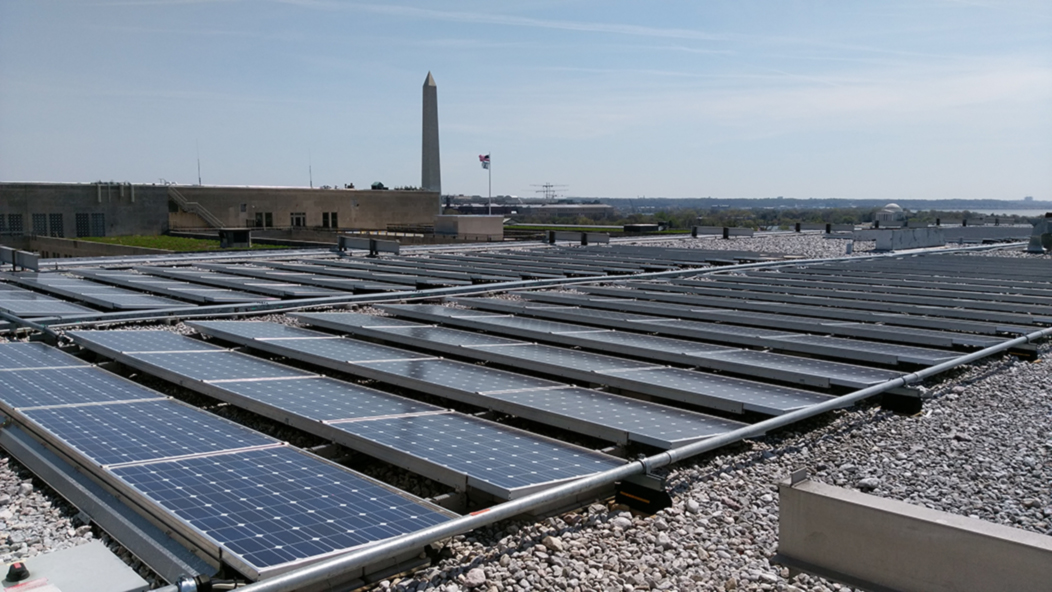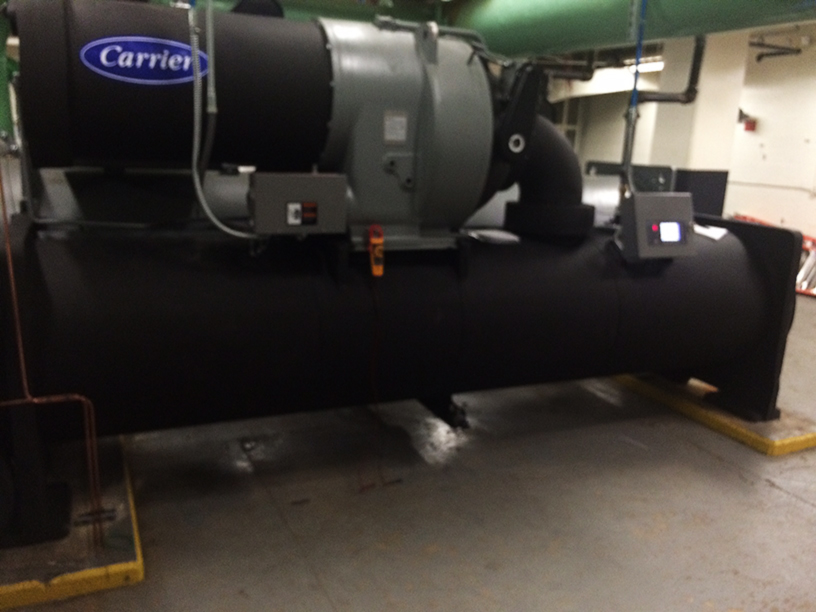 Located in the Theodore Roosevelt Federal Building in Washington, D.C. the Office of Personnel Management (OPM) provides human resources, leadership, and support to federal agencies, and helps federal employees as they serve the American people. OPM oversees all policies created to support federal human resources departments — from classification and qualifications systems to hiring authorities and from performance management to pay, leave, and benefits. The people who make America run smoothly depend on OPM to ensure their departments run smoothly as well.
Located in the Theodore Roosevelt Federal Building in Washington, D.C. the Office of Personnel Management (OPM) provides human resources, leadership, and support to federal agencies, and helps federal employees as they serve the American people. OPM oversees all policies created to support federal human resources departments — from classification and qualifications systems to hiring authorities and from performance management to pay, leave, and benefits. The people who make America run smoothly depend on OPM to ensure their departments run smoothly as well.
It is the policy of OPM that all agency business and operations be conducted in a manner that allows it to achieve its mission, while minimizing environmental impacts in accordance with all federal statutes, regulations, policies, and executive orders.
OPM’s 853,865 square foot building includes a chilled water plant, heating provided by district steam and a24/7 IT Operations Center. In addition to providing technical assistance, the DCSEU provided rebates for energy-efficient lighting upgrades, HVAC upgrades, and chiller replacements that will result in nearly 4.7 million kWh saved each year, and roughly $600,000 in annual cost savings.
OPM recognizes that, in addition to the financial benefits from improved efficiencies, there are significant environmental gains; therefore, integrating efficiency into its business planning is paramount. OPM budgets 10 percent of its annual utility expenses for efficiency improvements, and actively involves employees on its Green Team. Employees participate in Earth Day and Energy Awareness Month activities, as well as various energy efficiency incentive programs.
While some annual energy and water reduction performance targets are set at the federal level, others are determined by OPM; consequently, improving energy efficiency and water reduction practices are vital at its facilities. This is accomplished through continuous process improvement. In addition to advanced metering that is installed at the facility level, OPM uses sub-metering to monitor some equipment considered to be high consumption. Monthly consumption data is accessed and entered into a database operated by OPM’s energy contractor, who reviews all utility data for anomalies and provides a high-level analysis of performance to date.

Since 2014, the DCSEU has provided rebates and technical review of energy-efficiency projects contemplated by OPM. The DCSEU made suggestions for improved functionality and provided financial incentives for the implementation of the energy conservation measures (ECMs). When OPM solicited proposals for an energy service performance contract to fund deep energy retrofits, the DCSEU reviewed the awarded contractor's proposed ECMs and provided valuable input. The projects prioritized by the team at OPM not only resulted in significant energy savings, but also increased occupant comfort.
In the future, OPM plans to invest rebate dollars and energy cost savings into additional energy efficiency measures, such as combined heat and power (CHP), solar thermal projects, and additional lighting controls.
Well aware that its commitment to energy efficiency represents the government’s commitment to energy efficiency, OPM participates in annual energy conventions and workshops where success stories are shared among peers. OPM is also involved in various Federal Interagency Workgroups.
In speaking about conservation, Teddy Roosevelt once said, “Here is your country. Cherish these natural wonders, cherish the natural resources, cherish the history and romance as a sacred heritage, for your children and your children's children.” In its commitment to energy conservation, the OPM exemplifies the words of the man whose name adorns its building.
| Savings | |
| Annual energy savings (kwh/yr): | 4,691,108 |
| Annual energy savings (therms/yr): | 11,542 |
| Total savings ($): | 666,616 |
| Total project cost ($): | 6,583,476 |
| Incentive dollars ($): | 123,000 |
| Customer cost ($): | 6,583,476 |
| Simple payback (yrs): | 9.9 |